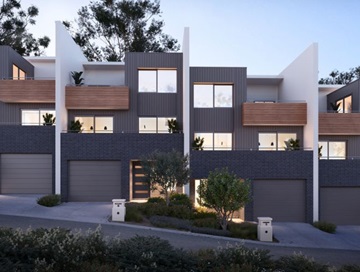When deciding to invest in property, it's imperative you understand the difference between positive and negative gearing.
Put simply, the difference between the two terms lies in whether you make a profit or loss on your investment.
Positive gearing
Positive gearing refers to when the annual rental income of your property is greater than the annual loan repayments and on-going costs – meaning you make a profit.
The biggest obvious benefit here is that you earn extra income and your investment doesn’t leave you out of pocket. The downside is that any extra income you earn is taxable and you can’t claim tax deductions.
Positive gearing is beneficial if you don’t have the extra cash flow available to fund the losses of your investment and when the property prices are not increasing.
Negative gearing
Negative gearing occurs when the rental return on your investment is less than your loan repayments and outgoing costs – meaning you aren’t making a profit.
The main attraction of negative gearing is that any financial loss incurred by your investment can be offset against your other income e.g. your salary, enabling either a reduction in the amount of tax you must pay or a larger tax refund at the end of the financial year.
Negatively geared property investments can be beneficial if you are in a high income tax bracket because it allows larger deductions when borrowing larger amounts. It also provides opportunity to benefit from the long term capital growth potential when property prices are increasing.
If you’re looking to invest in property, be sure to speak to your financial advisor about which option best suits your investment objectives and risk profile.
.tmb-imgwidgetm.jpg?sfvrsn=8b2d1904_1)









